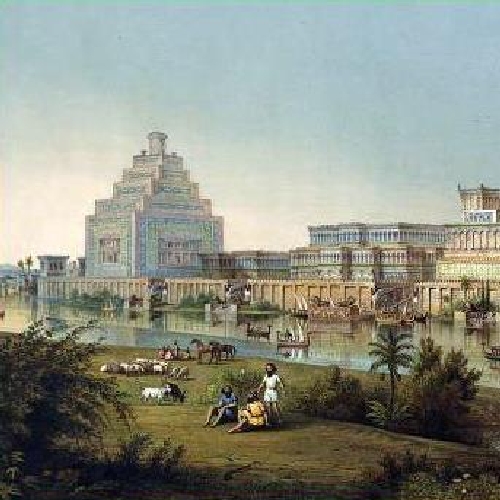Names of the Book
| English: | Nahum |
| Hebrew: | נקם |
| Transliterated: | Naqum |
| Other names: |
 Who
Who
| Wrote the book: | Nahum |
| Are the key people: | The people of Judah and the people of Nineveh |
| Is it written to: | The people of the southern kingdom of Judah and the people of Nineveh |
 What
What
| G-d is the Judge of Nineveh (Nahum 1:1-15) |
| G-d's judgement against Nineveh (Nahum 2:1-3:19) |
 When
When
| Was it written: | c 694 BCE |
| Did the events occur: | c 694-612 BCE |
| Was it canonized: | c 499-100 BCE |
| (see the Timeline of the Tanakh) | |
 Where
Where
| Was it written: | Unknown |
| Did the events occur: | Nineveh |
 Why
Why
| Nahum was written to inform us that: |
| G-d is the Judge of any who would harm Israel. |
| G-d is sovereign over all creation. |
 Introduction
Introduction
Nahum, a book of prophecy and history, in many ways mirrors the book of Jonah. While Jonah rebels against G-d's command to preach repentance to Nineveh, Nahum is also sent there but does not rebel. Nineveh of Jonah's day hears G-d's message and repents in ashes and sackcloth but a century later, Nineveh of Nahum's day does not repent and soon falls to Babylon. The Assyrians themselves experience the brutality and aggression that they had once visited upon Israel. Most of the book of Nahum is directed at the people of the southern kingdom of Judah who could rejoice at the news of Nineveh's imminent fall.
Scripture- Book Selection
